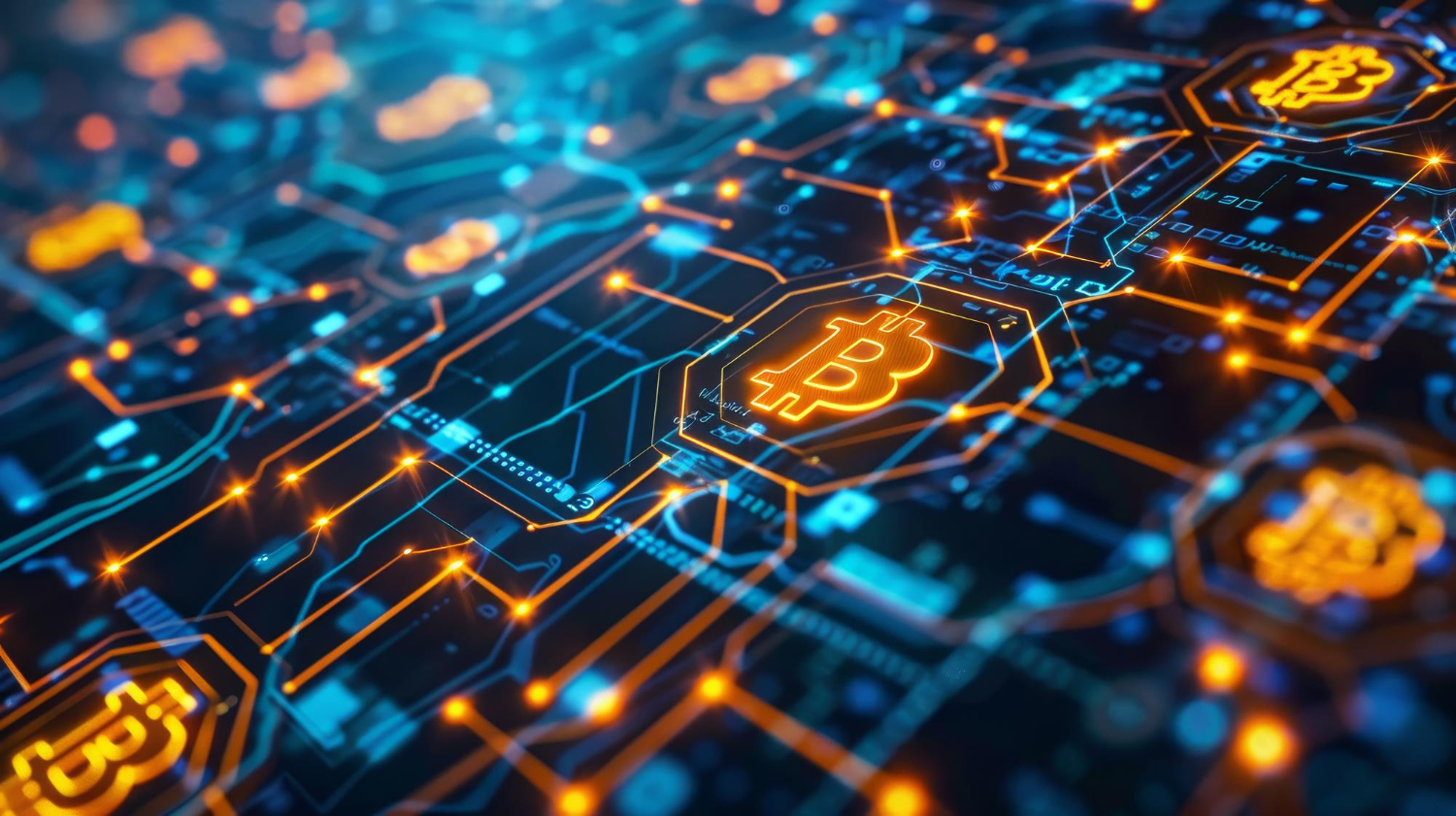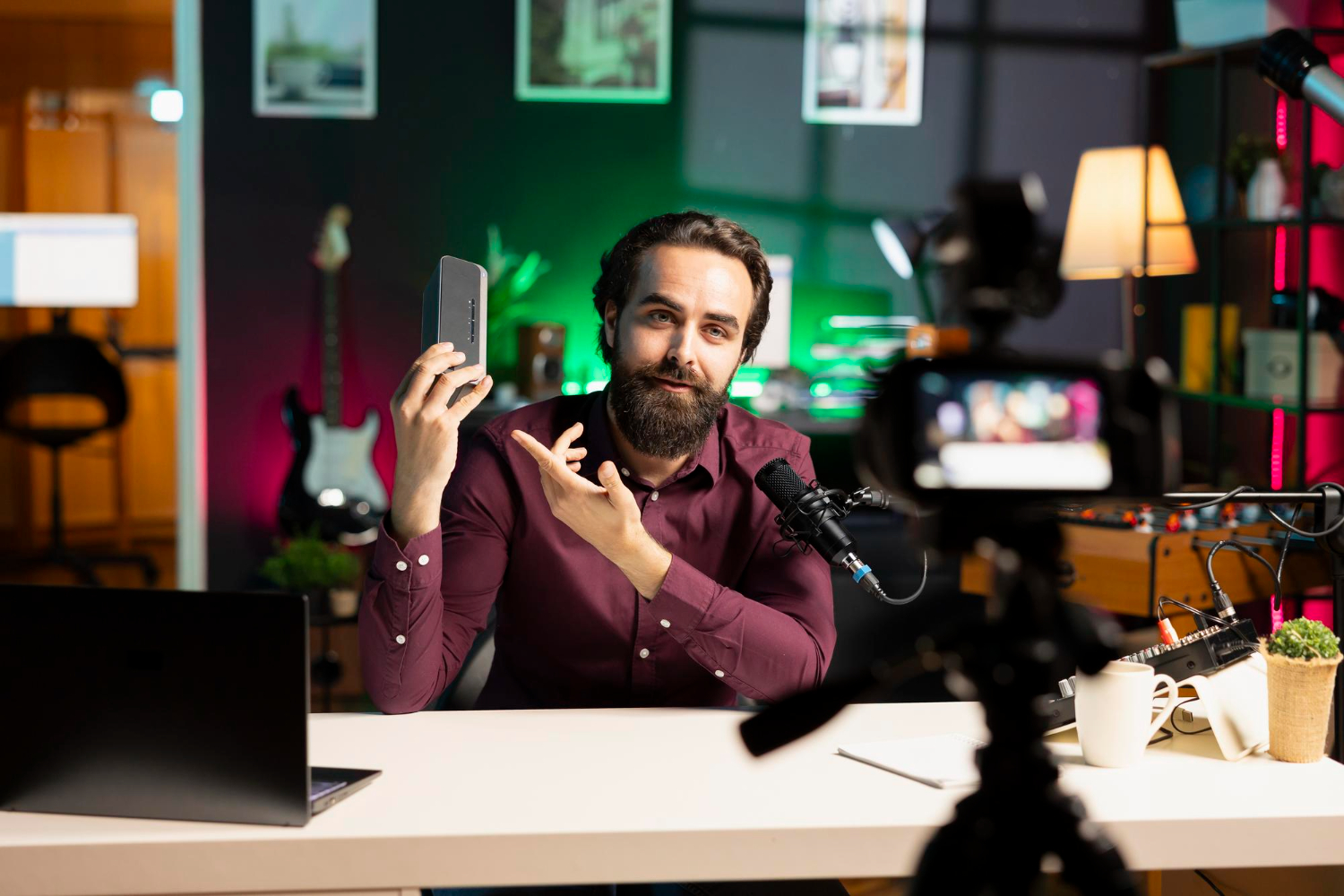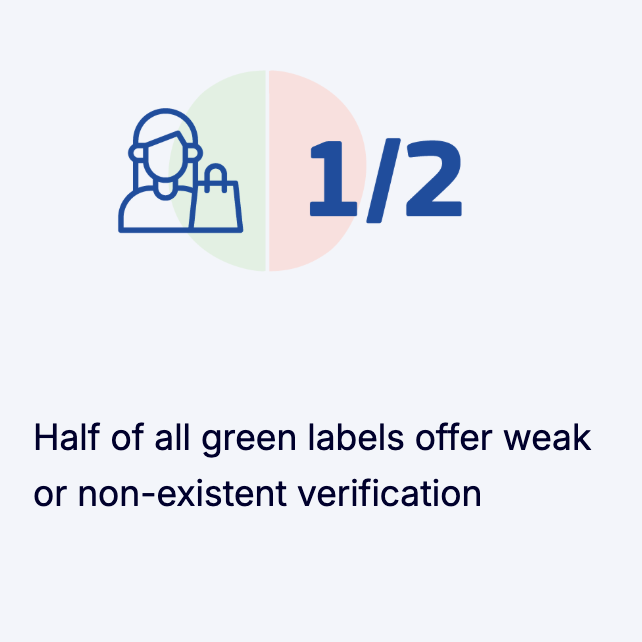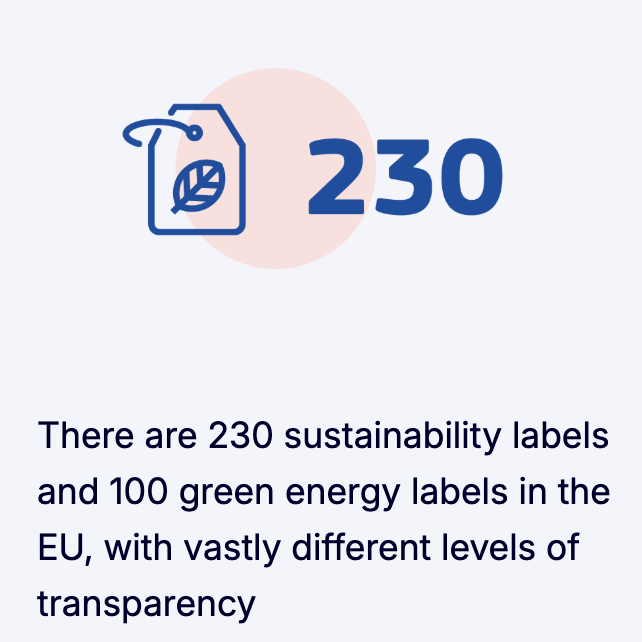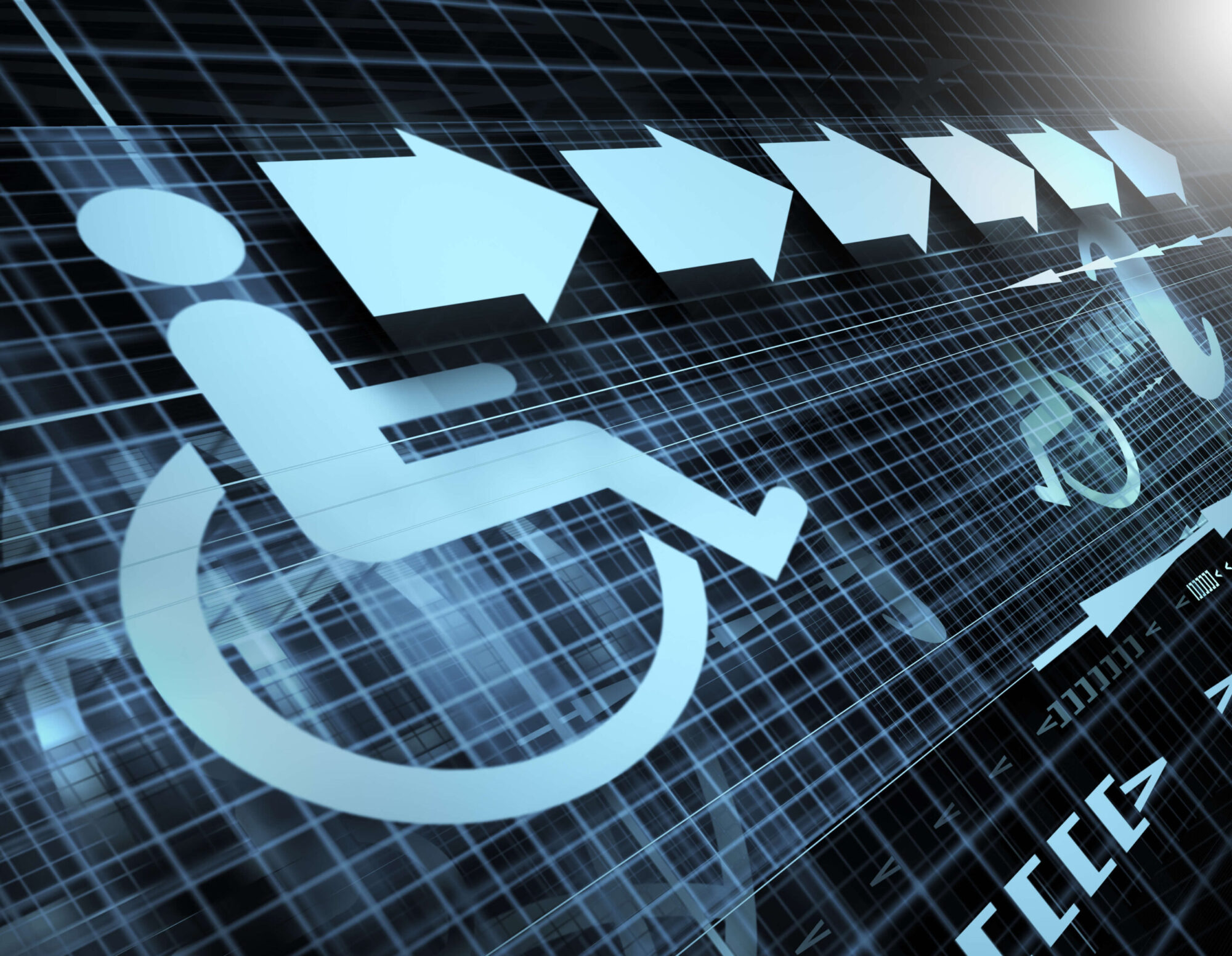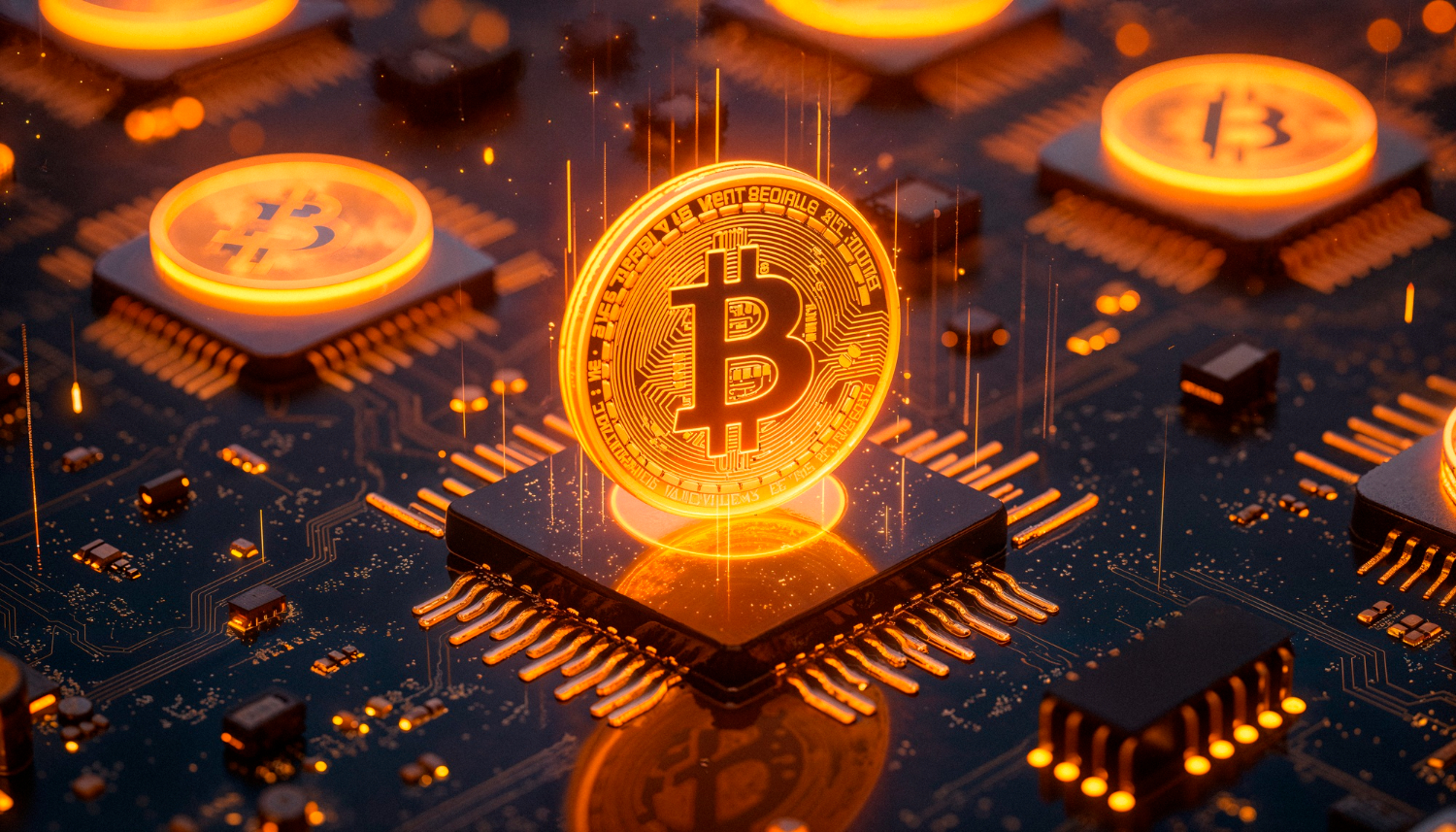In June 2025, Poland took a milestone step towards digital transformation by submitting an official application to the European Commission for the construction of an artificial intelligence gigafactory – Baltic AI GigaFactory. With an estimated budget of €3 billion, this project is the largest investment in AI infrastructure in Central and Eastern Europe to date. Poland is the leader of the consortium, which includes key technology companies, scientific institutions and representatives of public administration from Poland, Lithuania, Latvia and Estonia. Business partners include Allegro, Orange Polska and CloudFerro, while the scientific partners include NASK, IDEAS NCBR, Cyfronet, Vilnius University and the University of Latvia. The aim of the project is to create a sovereign, open and accessible AI infrastructure that will enable the development, training and implementation of large artificial intelligence models, as well as ensure technological independence for Central and Eastern Europe in key areas of the digital economy.

AI gigafactory in Poland – a groundbreaking investment in artificial intelligence infrastructure
The application to build an AI gigafactory in Poland is part of a broader European Union strategy that recognises the need to build its own independent computing resources and expertise in artificial intelligence. In recent years, we have seen a dynamic growth in the importance of AI in almost all sectors of the economy – from industry, health, education and energy to public administration. Poland, as a country with great development potential but also facing challenges in the field of digitalisation, has decided to seize this moment to become a regional leader in AI. The AI gigafactory is intended to respond to the growing demand for computing power, access to modern language models and analytical tools that are essential for conducting innovative research and implementing advanced digital solutions.
The Baltic AI GigaFactory project assumes that as much as 65% of the investment will come from private capital, which highlights the business sector’s commitment to the development of artificial intelligence in Poland. The remaining part of the financing will come from European funds and national innovation support programmes. The AI gigafactory will be located in Poland, in up to two locations that will provide optimal conditions for advanced computing, including access to green energy, low network latency and appropriate ICT infrastructure. Within a few years, the plan is to expand the computing power to 30,000 graphics processing units (GPUs), which will allow for the training of AI models with parameters measured in trillions.

Development of language models and the AI ecosystem – Poland and the Central and Eastern European region
One of the key objectives of the AI gigafactory is to support the development of proprietary regional language models and AI tools tailored to the linguistic, cultural and economic characteristics of Central and Eastern Europe. Among the flagship projects to be developed within the Baltic AI GigaFactory are the Polish language models PLLuM and Bielik.AI and the Latvian model Tilde. This will give Poland and the Baltic states access to tools that will enable them to compete effectively with global technology giants, while ensuring the region’s digital security and sovereignty.
It is worth emphasising that the construction of an AI gigafactory in Poland is not only a matter of technology, but also a stimulus for the development of the entire innovation ecosystem. The project involves close cooperation between business, science and public administration, which is expected to translate into an increase in the number of AI implementations in strategic sectors such as health, energy, agriculture, industry and administration. Thanks to investments in AI infrastructure, Poland will have the opportunity to attract new foreign investments, develop digital competences and increase the productivity of its economy. In the long term, the AI gigafactory is expected to become a catalyst for the digital transformation of the entire region, enabling the implementation of ambitious research and commercial projects on an international scale.
AI law and directives – the AI Act and new regulations for the gigafactory
Legal issues are also important, as they play a key role in the development and implementation of artificial intelligence.
In July 2024, the European Union adopted a landmark regulation on artificial intelligence – the AI Act (Regulation (EU) 2024/1689), which establishes the world’s first comprehensive legal framework for AI. The aim of the AI Act is to ensure safety, protect fundamental rights and promote the development of trustworthy artificial intelligence throughout the Union. The regulation introduces a four-tier risk classification for AI systems, covering systems posing unacceptable risk (which are prohibited), high-risk systems (e.g. AI in justice, medicine, critical infrastructure), systems posing limited risk, and systems posing minimal risk.
The AI Act imposes a number of new obligations on suppliers, importers, distributors and users of AI systems, including the need to conduct audits, maintain technical documentation, monitor compliance and ensure that employees have the necessary skills (AI literacy). Of particular importance are the provisions on high-risk systems, which must meet stringent requirements in terms of safety, transparency and accountability. The regulation also provides for high penalties for violations – up to €35 million or 7% of a company’s global turnover. The AI Act will be implemented in stages, with the first provisions taking effect in February 2025 and the next ones coming into force in August 2025 and 2026.

The impact of the AI Act on Polish law and obligations for businesses
In the context of the construction of an AI gigafactory in Poland, new legal regulations are crucial to ensuring that the designed solutions comply with EU requirements. Work is underway on a national law on artificial intelligence systems, which is intended to enable the effective implementation of the AI Act at the national level. The new regulations are to be flexible, transparent and innovation-friendly, while ensuring the safety of citizens and the protection of their rights. Deputy Minister of Digital Affairs Dariusz Standerski emphasises that the aim is to create stable and predictable legal solutions that will accelerate the implementation of AI in Polish companies and institutions.
For entrepreneurs, this means adapting to new legal requirements, including the obligation to assess risks and maintain technical documentation for high-risk AI systems, create AI implementation policies, conduct regular compliance audits, update technology and ensure that employees have the appropriate AI skills. All this means that the implementation of AI in Polish companies will require not only technological investments, but also the development of legal and organisational competences.
Read more here: https://lbplegal.com/co-powinna-zawierac-polityka-wykorzystywania-systemow-ai/
AI gigafactory and legal challenges – intellectual property and liability
One of the biggest challenges associated with the development of AI is the protection of intellectual property and the transparency and accountability of decisions made by artificial intelligence systems. This is particularly true in regulated sectors such as healthcare, finance and public administration, where errors or opaque AI behaviour can have serious legal and social consequences. The AI Act introduces an obligation to explain decisions made by AI systems and to ensure that users have the possibility to appeal against decisions made by algorithms. This is an important step towards building trust in artificial intelligence and ensuring its ethical use.
It is also worth noting that the provisions of the AI Act are currently ‘toothless’ in Poland, as no supervisory authority has yet been established to enforce the new regulations. However, work is underway to establish a Commission for the Development and Safety of Artificial Intelligence, which will supervise the market, monitor the compliance of AI systems with regulations and impose penalties for violations. This is an important element in building a national AI ecosystem that will ensure safety, transparency and accountability in the development of new technologies.

AI gigafactory in Poland’s digital development strategy
The construction of an AI gigafactory in Poland is also part of a broader strategy for the development of artificial intelligence, which focuses on sectors with the greatest economic potential and the implementation of major socio-economic challenges. Despite the dynamic development of AI worldwide, Poland is still lagging behind in the adaptation of this technology. According to a report by the Polish Economic Institute, it is necessary to analyse the AI technology stack, identify sectors with the greatest potential and build an innovation ecosystem that will enable the effective implementation of new solutions. The AI gigafactory is intended to be a catalyst for accelerating innovation, increasing productivity and building a competitive advantage for the Polish economy.
Cooperation with global technology leaders such as Google and the development of national language models are elements of the strategy to secure Poland’s place among the leaders of digital transformation. Thanks to investments in AI infrastructure, the development of digital competences and the creation of an open innovation ecosystem, Poland has the opportunity to become a centre for the development of artificial intelligence in Central and Eastern Europe. This, in turn, will translate into an increase in the number of AI implementations in strategic sectors, the development of new business models and an increase in the country’s attractiveness to foreign investors.
Digital skills and security – the role of the AI gigafactory for Poland
The AI gigafactory is also an opportunity to develop digital skills among Polish employees and scientists. The project involves close cooperation with universities and research institutions, which will enable the training of new staff in artificial intelligence, data science and data engineering.
As a result, Poland will gain access to highly qualified specialists who will be able to implement innovative projects on an international scale. In the long term, investment in digital skills will translate into increased innovation in the economy and greater competitiveness of Polish companies on the global market.
The role of the AI gigafactory in building the digital sovereignty of Poland and the region should not be forgotten. In an era of growing cyber threats and geopolitical tensions, having our own independent AI infrastructure is becoming a key element of national security. The AI gigafactory will enable the development and implementation of solutions that are compatible with European values and standards, while ensuring the protection of personal data, privacy and citizens’ rights. This is particularly important in the context of the growing role of AI in sectors such as defence, security, health and public administration.

AI Gigafactory – decisions, directives and the future of artificial intelligence in Poland
The construction of an artificial intelligence gigafactory in Poland is an investment of strategic importance for the development of the digital economy, innovation and national security. Thanks to this project, Poland has the opportunity to build its own sovereign AI infrastructure, develop digital skills and strengthen its position on the international stage. Of key importance here are the new legal framework – the AI Act, national regulations, government decisions and international cooperation, which are intended to ensure the safe, innovative and ethical development of artificial intelligence. The AI GigaFactory is not only about technology, but also an impetus to build a modern innovation ecosystem that will allow Poland and the region to compete effectively in the global digital market. In the coming years, decisions on the development of AI infrastructure, the implementation of new directives and the building of digital competences will determine the future of the Polish economy and its position in Europe.
It is worth following the further development of the Baltic AI GigaFactory project, as its implementation may become a breakthrough not only for Poland, but for the whole of Central and Eastern Europe. Joint action by the countries of the region, support from the European Commission and the involvement of the private sector are factors that may determine the success of this investment.
